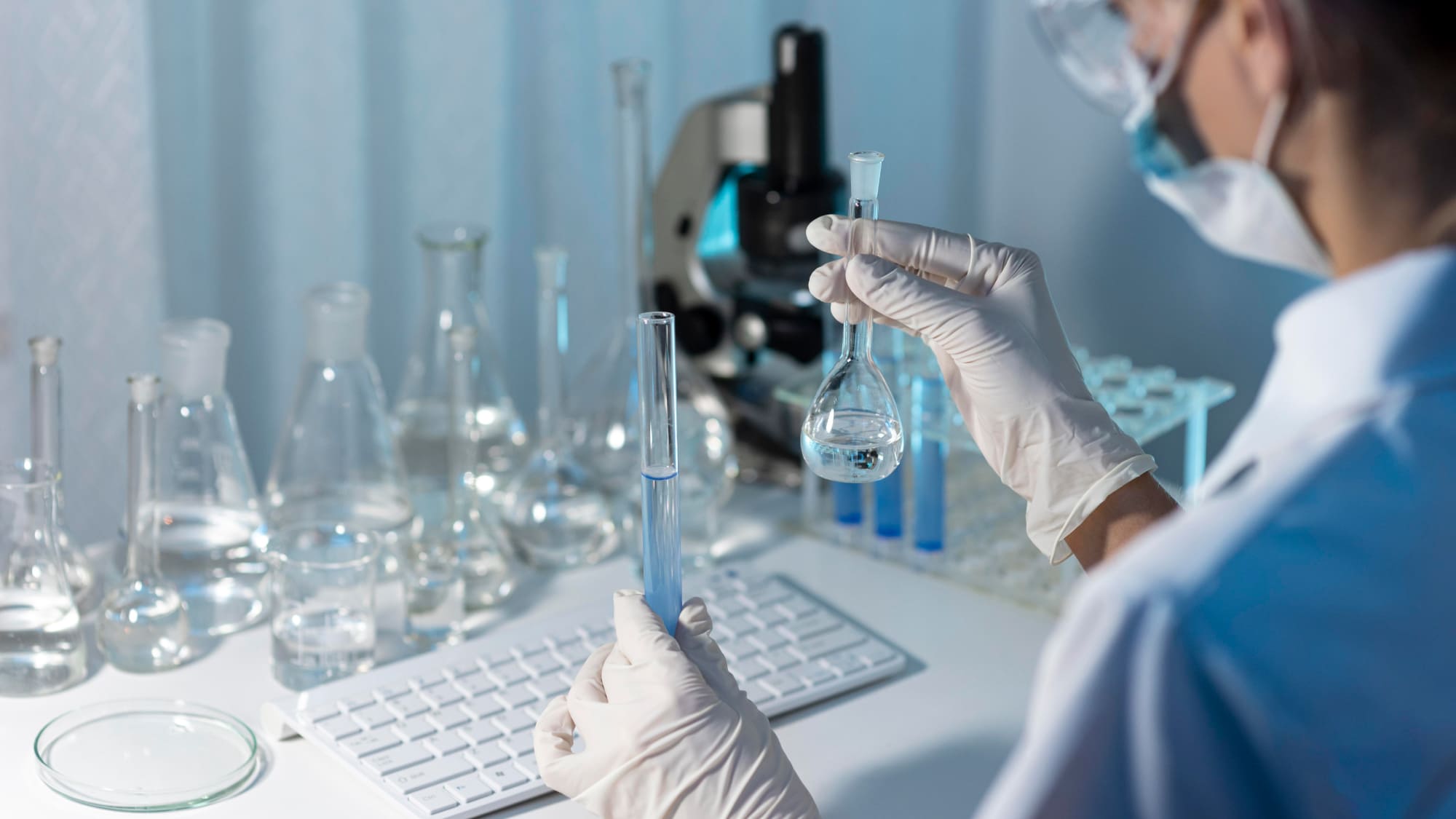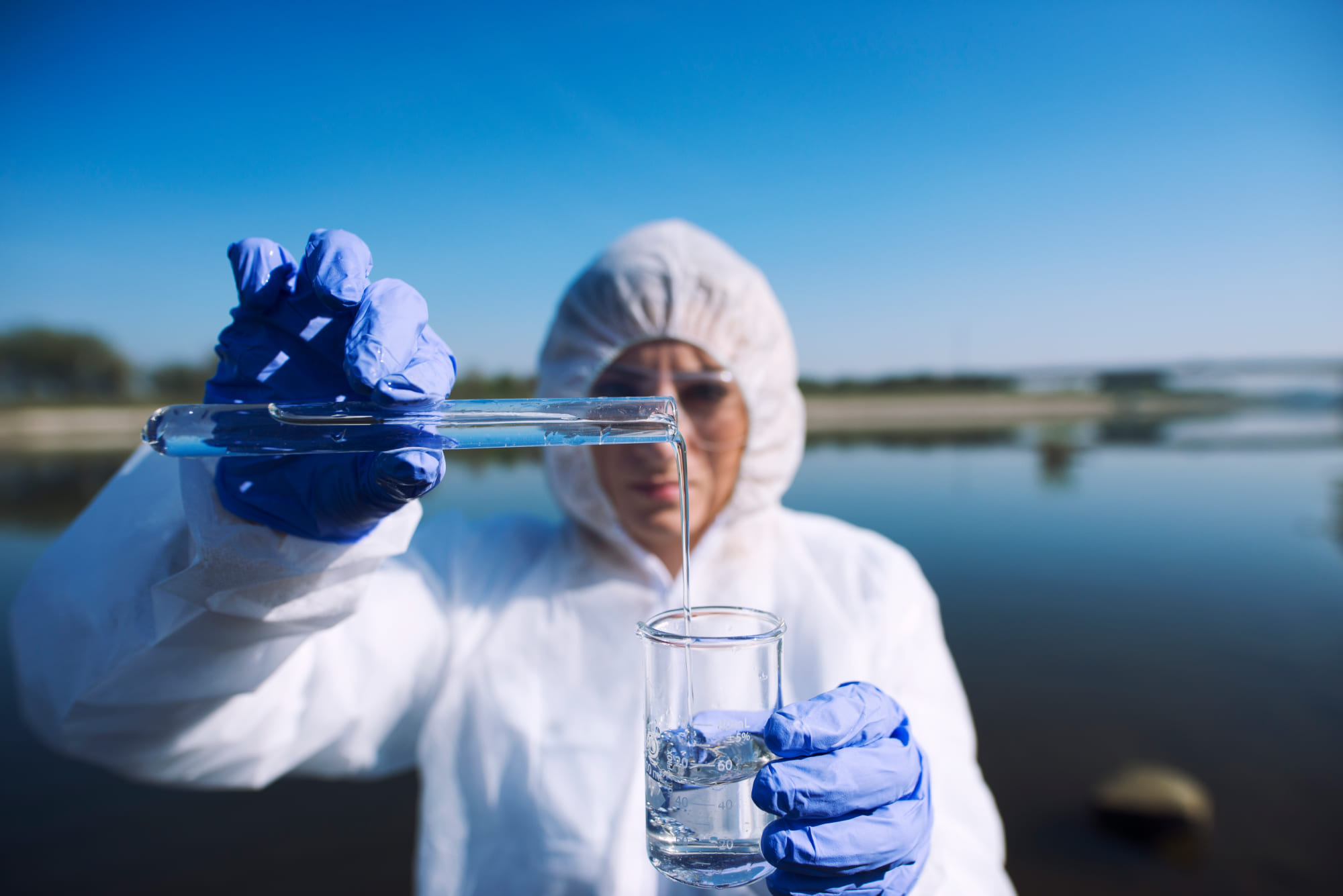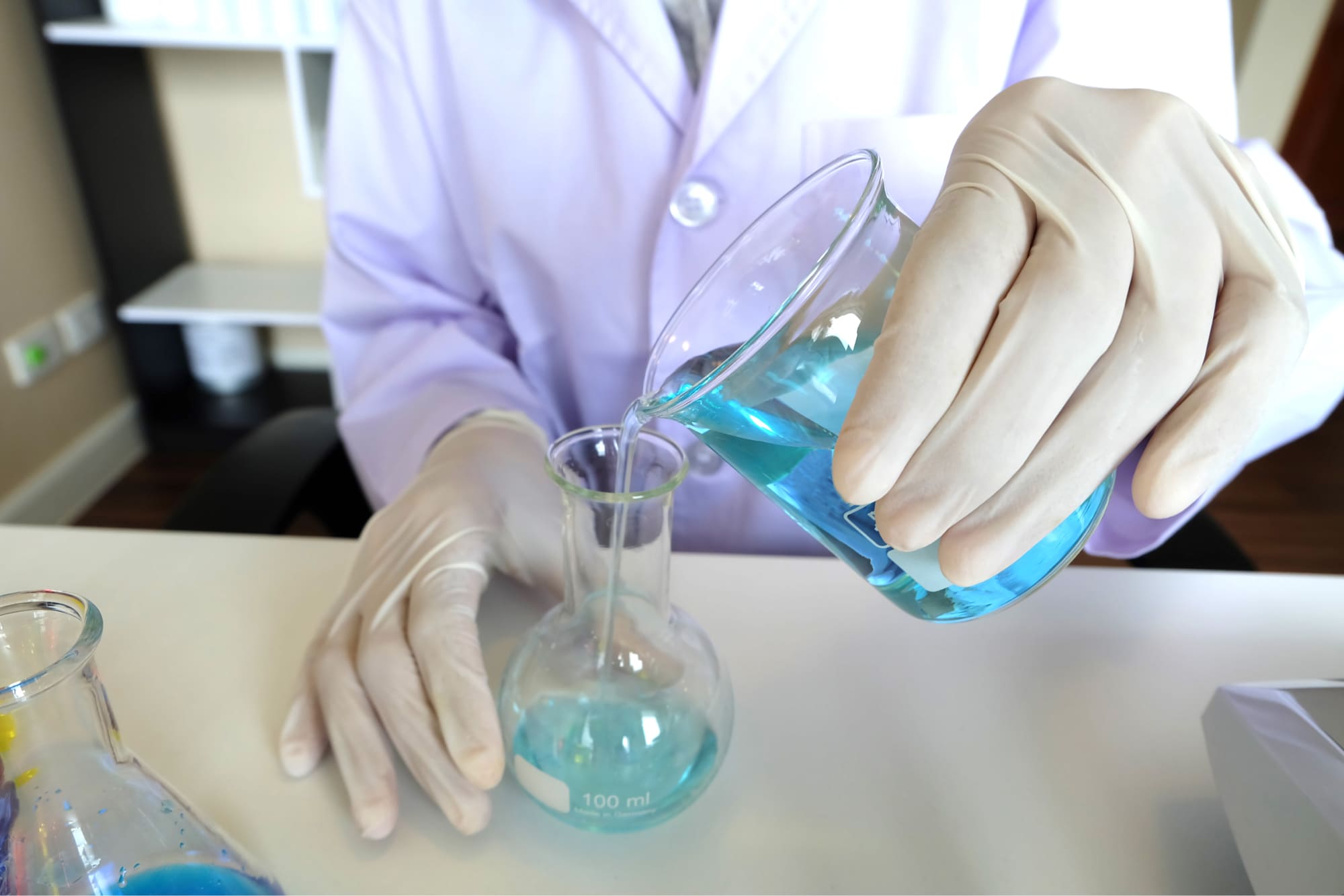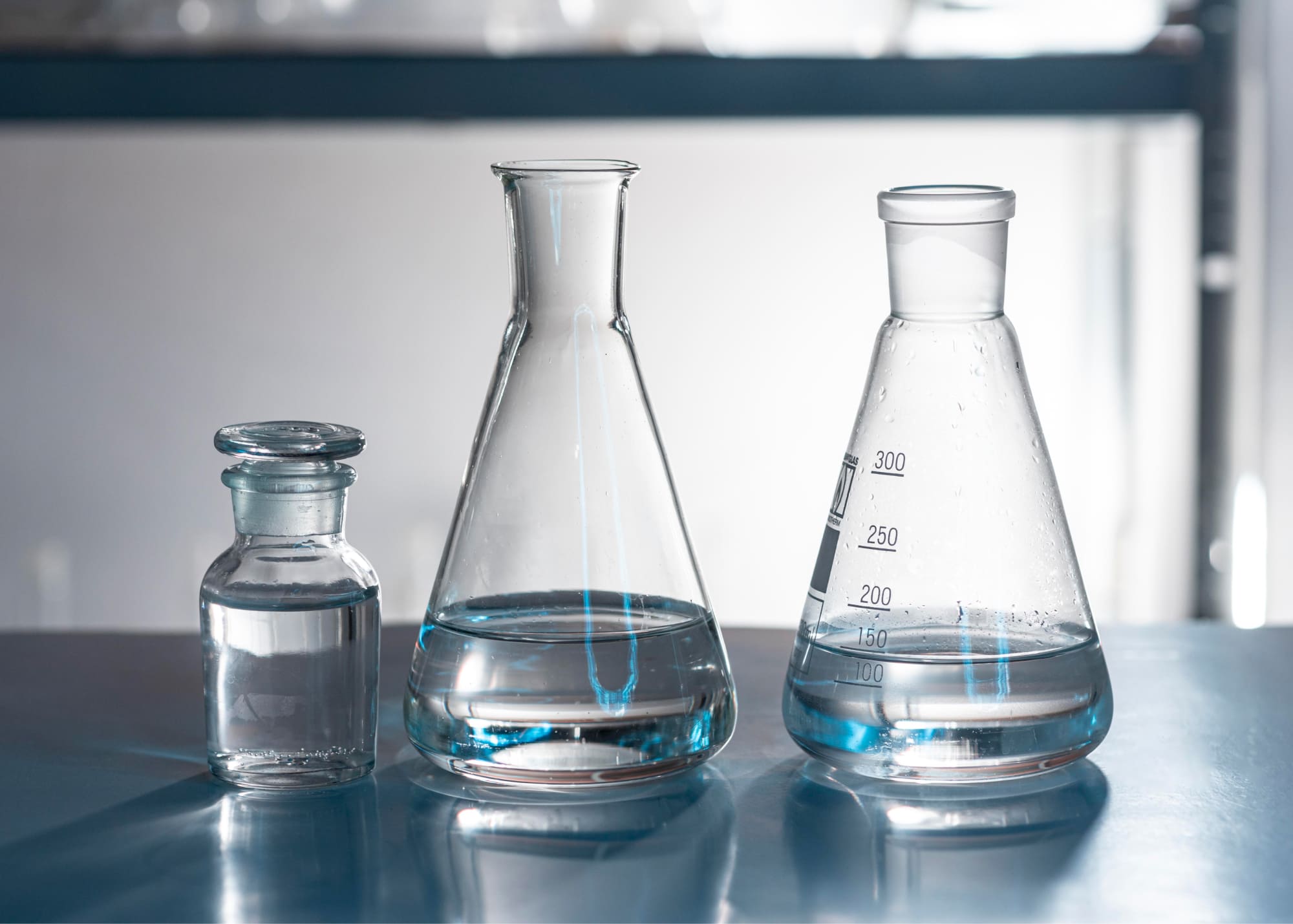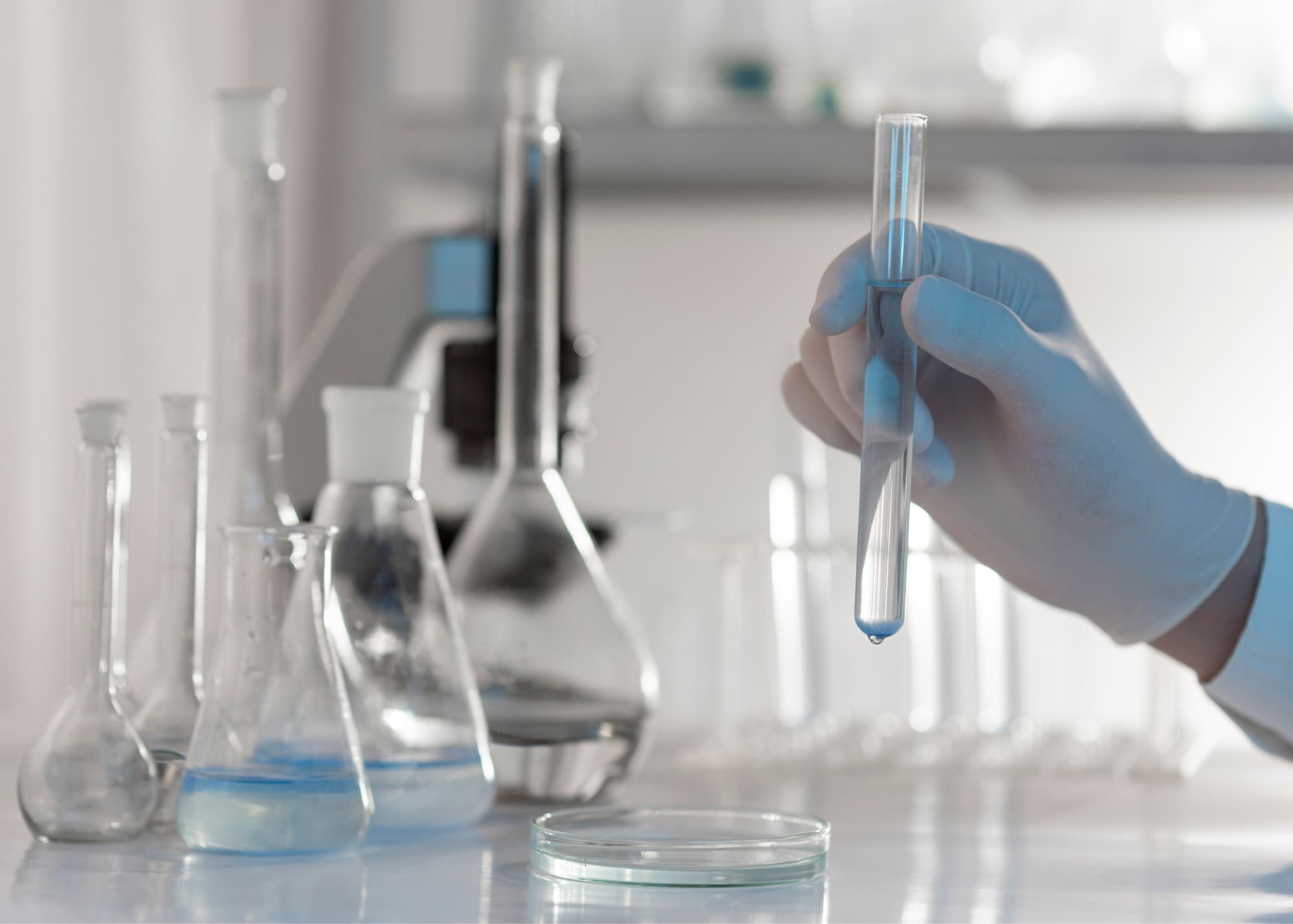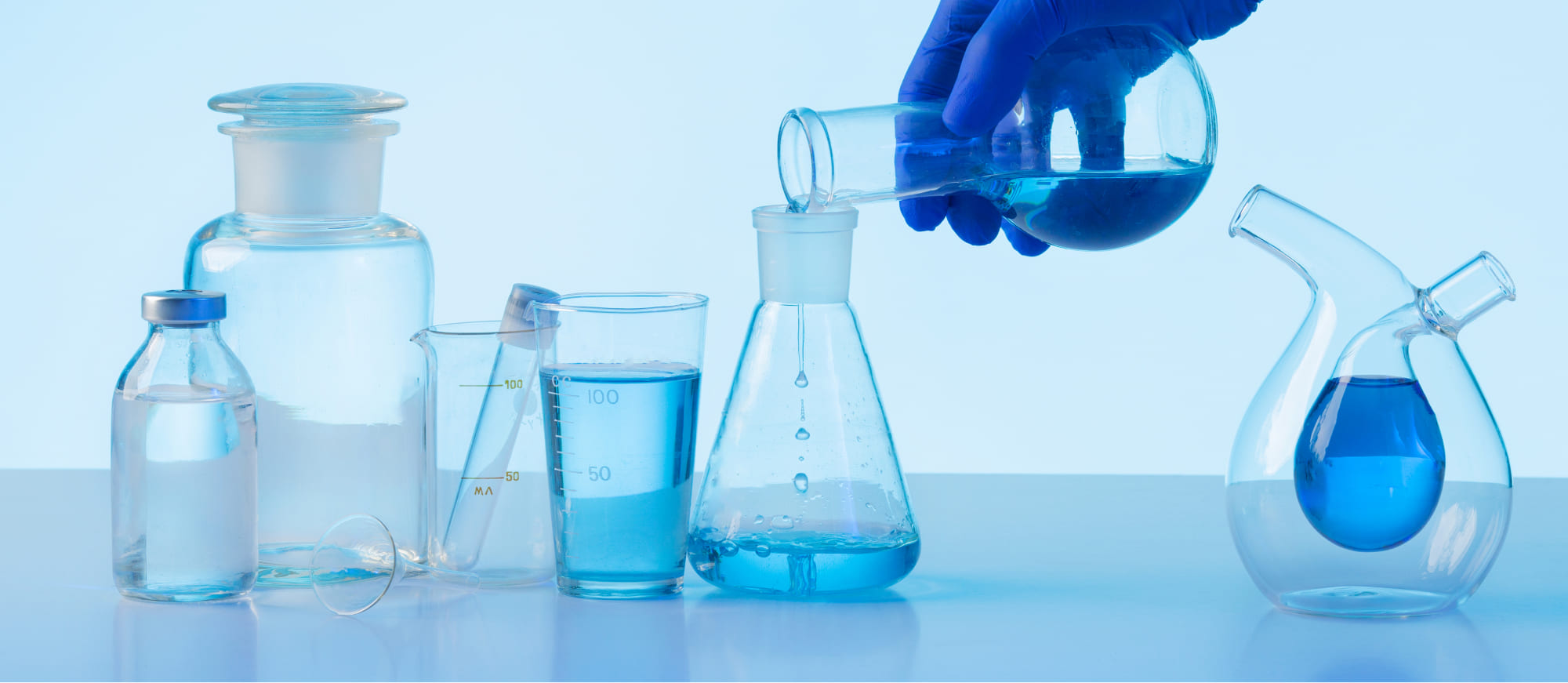Water testing
Water testing is a crucial process aimed at assessing the quality and safety of water for various purposes, including drinking, recreational activities, industrial use, and environmental monitoring. It involves the analysis of physical, chemical, and biological parameters to ensure that water meets established standards and regulations
-
Physical Parameters
Temperature: The measurement of water temperature is important as it affects the solubility of gases, chemical reactions, and aquatic life. Temperature fluctuations can indicate changes in environmental conditions or human activities.
Specific Conductance (or Conductivity): Conductance measures the ability of water to conduct an electrical current, which is influenced by the presence of dissolved ions such as salts and minerals. It is an indicator of water salinity and can provide insights into potential pollution sources.
Turbidity: Turbidity refers to the cloudiness or haziness of water caused by suspended particles such as silt, sediment, or organic matter. High turbidity levels can impact water clarity, aquatic habitats, and treatment processes. -
Chemical Parameters
pH: pH measures the acidity or alkalinity of water on a scale from 0 to 14, with 7 being neutral. It is a critical parameter that influences chemical reactions, nutrient availability, and the health of aquatic ecosystems. Fluctuations in pH can indicate pollution or natural processes.
Dissolved Oxygen (DO): DO levels indicate the amount of oxygen dissolved in water, which is essential for aquatic organisms to respire. Low DO levels can lead to hypoxia or even anoxia, harming fish and other aquatic life. Factors such as temperature, pollution, and natural processes affect DO concentrations.
Nutrients (Nitrogen and Phosphorus): Nitrogen and phosphorus are essential nutrients for plant growth, but excessive levels can cause eutrophication, leading to algal blooms, oxygen depletion, and ecological imbalances. Monitoring nutrient concentrations helps prevent water quality degradation. -
Biological Parameters
Total Coliform Bacteria: Coliform bacteria serve as indicators of water contamination from fecal matter and other sources. While not necessarily harmful themselves, their presence suggests the possible presence of pathogenic organisms. Testing for total coliforms helps assess microbial water quality. Additional Parameters in Drinking Water Testing:
Nitrate Nitrogen: Nitrate is a common contaminant in water, often originating from agricultural runoff, sewage, or industrial discharges. High nitrate levels can pose health risks, particularly to infants, by interfering with oxygen transport in the blood (methemoglobinemia).
Iron: Elevated iron levels in water can lead to aesthetic issues such as staining, unpleasant taste, and odor. Iron may also promote the growth of iron bacteria, which can clog pipes and affect water quality.
Hardness (as CaCO3): Water hardness refers to the concentration of dissolved minerals, primarily calcium and magnesium ions. Hard water can lead to scale buildup in pipes and appliances, affecting plumbing systems and the effectiveness of soaps and detergents.
Sulphates: Sulphates are naturally occurring compounds found in minerals, soils, and water sources. Elevated sulphate levels may result from industrial activities or geological factors. While not typically harmful at low concentrations, high sulphate levels can cause gastrointestinal discomfort or laxative effects.
Chlorides: Chloride ions in water can originate from natural sources, such as seawater intrusion or geological formations, as well as human activities like road salt application or wastewater discharge. Monitoring chloride concentrations is important for assessing saltwater intrusion, pollution, and potential corrosion risks.
Pharmaceutical raw material testing is a critical phase in the pharmaceutical manufacturing process, playing a pivotal role in guaranteeing the safety, efficacy, and quality of the final drug
Read MoreMedical device testing is a thorough process conducted to verify the safety, reliability, and regulatory compliance of medical devices. It involves assessing the performance, usability
Read MoreCosmetic testing is a comprehensive process that involves various laboratory analyses to assess the safety, quality, and sensory attributes of cosmetic products. These analyses encompass
Read MoreHerbal products, derived from plant sources, are subject to rigorous testing to ensure their safety, quality, and compliance with regulations. Testing focuses on various aspects, with a key emphasis
Read MoreEnvironmental testing is a comprehensive process designed to assess how a sample, be it a product or material, responds to various stressors and conditions that it might encounter during its
Read MoreFood Testing Is A Crucial Component Of The Food Industry, Aimed At Verifying The Safety, Quality, And Compliance Of Food Products With Established Standards And Regulations. It
Read MoreOil Testing Plays A Crucial Role In Maintaining Product Quality And Compliance With Safety And Environmental Standards. From Refining To Distribution, The Process Of Oil Testing Involves
Read MoreElectrical testing refers to a series of evaluations and assessments conducted on electrical components, systems, and devices to ensure their safety, reliability, and performance. These tests are designed to verify compliance with industry standards, regulatory requirements, and specific performance criteria.
Read MoreMechanical Testing In various industries, Mechanical testing plays a pivotal role in ensuring the quality and reliability of materials and products. From manufacturing to construction, Mechanical testing encompasses several essential components
Read MoreBuilding material testing is crucial for ensuring the quality, safety, and compliance of construction materials used in various building projects. Similar to oil testing, building material testing involves several key components
Read More
